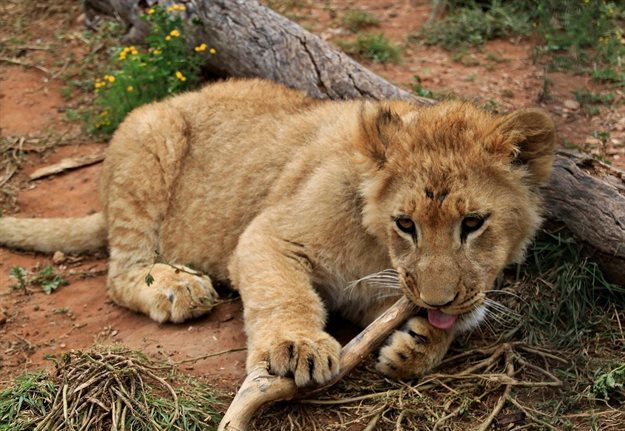Is the South African government doing enough to manage the fact that it’s got the biggest number of wild cats in captivity?
No. The fact that it has the largest number of big cats in captivity in the world – anywhere north of 8,000 – across an estimated 300 facilities – is evidence of an industry out of control. It remains largely unregulated.
The Department of Environment, Forestry and Fisheries admits that it doesn’t know how many facilities there are. Nor does it know how many predators are in captivity.
Captive breeding is permissible under the Convention on International Trade in Endangered Wild Fauna and Flora (CITES). The trade in products arising from it is permitted under an annotation. But the International Union for the Conservation of Nature – the world’s foremost conservation body – has unequivocally called for its termination.
The South African government has been slow to act against the industry despite significant welfare concerns. These include the fact that regular practices include removing cubs born in captivity from their mothers a few hours after birth. And that they are regularly sold into the captive-origin (canned) hunting industry after they’ve outlived their usefulness, or sold directly into the Asian tiger bone trade.
On top of this, South Africa’s legal trade is actively encouraging the consumption of tiger parts, which is imperilling highly endangered wild tigers. This is because lion bones masquerade as tiger bones in China, where the purchase of tiger products is illegal.
The government’s interpretation that the industry can continue, provided it draws up legislation to govern it, contradicts a set of resolutions articulated by the country’s parliament in 2018 that called for laws to be reviewed with a view to shutting the industry down. There is no room in that instruction for the government to continue allowing the industry.
What are the biggest issues it should be addressing?
In my view, any new law should terminate the industry.
There is a counter-argument to this, that breeding may provide a buffer against wild lion exploitation. But this remains speculative, as the poaching of wild lions isn’t declining. There are probably fewer lions left in the wild than rhinos.
Also, legal supply availability undermines efforts to reduce demand. And the idea that South Africa and CITES can successfully regulate a legal trade in captive-bred lion parts or govern the industry well is a fantasy. The government has neither the will nor the resources to do this.
In fact, it’s not clear that a continued legal trade can have any positive conservation value. The price of lion skeletons would have to be just right - a Goldilocks price that incentivised farming but somehow simultaneously disincentivised poaching. In an excellent scientific article on why a legal trade in rhino horn will not solve the rhino poaching problem, Douglas Crookes and James Blignaut show that it is always cheaper for a poacher to extract parts from wild slaughtered animals than to farm them sustainably.
Legal trade only works if it crowds out illegal supply, and that is almost economically impossible. It is further compounded by the fact that some consumers are after evidently wild-sourced product.
Finally, welfare considerations of lions’ lives in captivity bestow a responsibility on the government to end the industry. There are no easy answers. But South Africa’s Constitutional Court has ruled that
welfare and animal conservation together reflect two intertwined values.
What useful research has been done to help guide it in its decision-making?
Both sides use research to bolster their arguments.
The government is citing a study it commissioned that was published in an academic journal article last year. It conveys findings from a survey of a large proportion of South Africa’s breeders.
The government has indicated that it takes one finding in particular to be concerning – some breeders intimated that they would find illegal channels to sell their skeletons if the government’s export quota was too restrictive. Policy-making to accommodate these threats looks more like a hostage negotiation than a well-considered and impartial plan.
The article also argues that South Africa should continue to allow the legal industry to flourish so as to avoid introducing a price-shock to the market.
But parliamentarians point to a number of reports and a working paper has been published to examine the various problematic elements of the lion bone trade and the captive predator breeding industry. These informed parliament’s resolution to shut the industry down. But they have largely been ignored by the government.
What moral issues should it consider?
If welfare and conservation are inextricably linked, then the industry should be terminated on those grounds alone. But there’s a more pernicious moral issue at play.
Justifying the continuation of predator breeding farms on the grounds that there is no causally established relationship between farming and increased poaching is a form of crude utilitarianism. The utility to be maximised is a limited increase in wild lion and tiger poaching. If breeding serves that end, the means are justified.
This calls us to ignore the suffering of individual animals, which is morally objectionable. Science is not value-neutral, nor is its practice always impartial. It should never be used to ignore ethics.
This article is republished from The Conversation under a Creative Commons license. Read the original article.











































